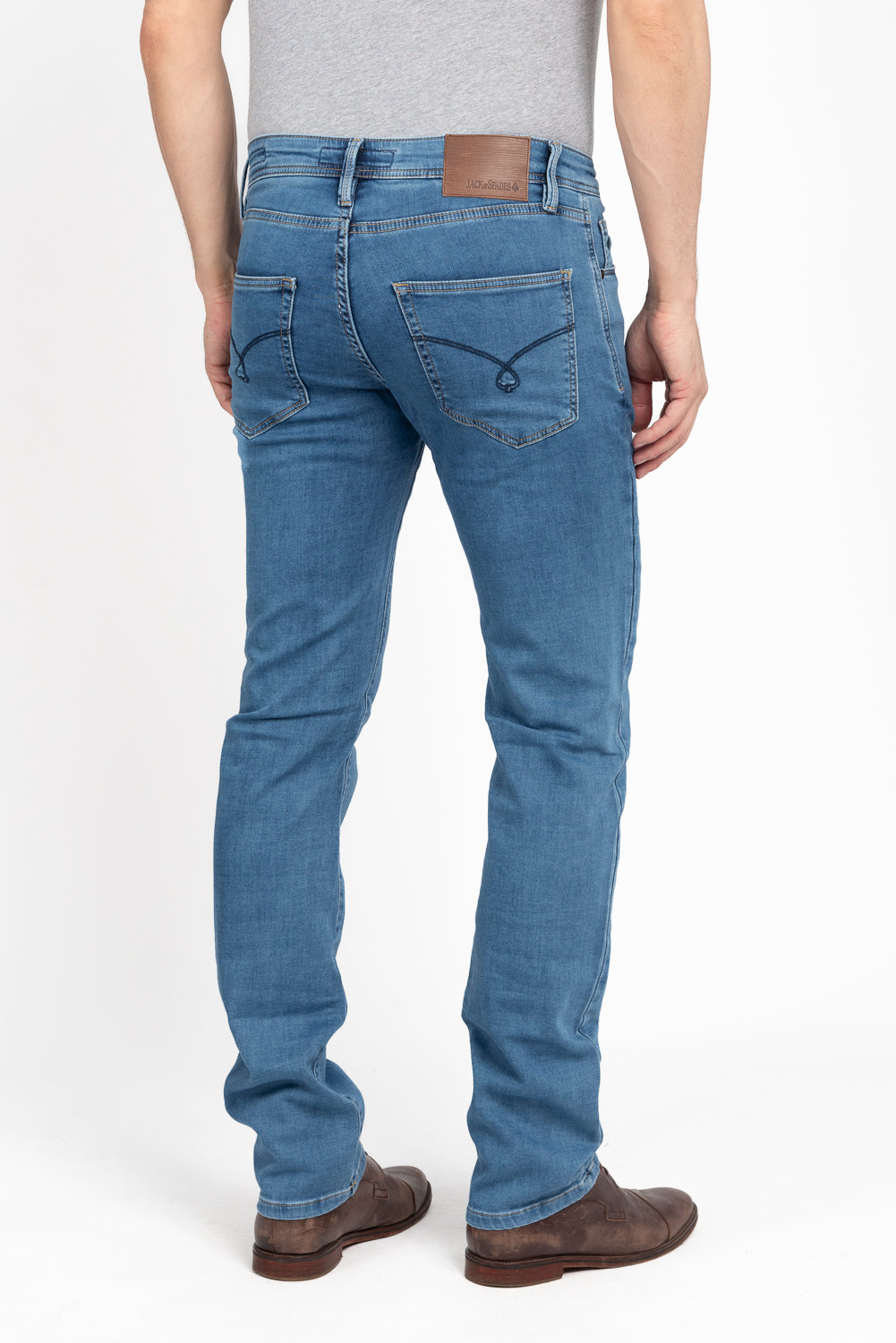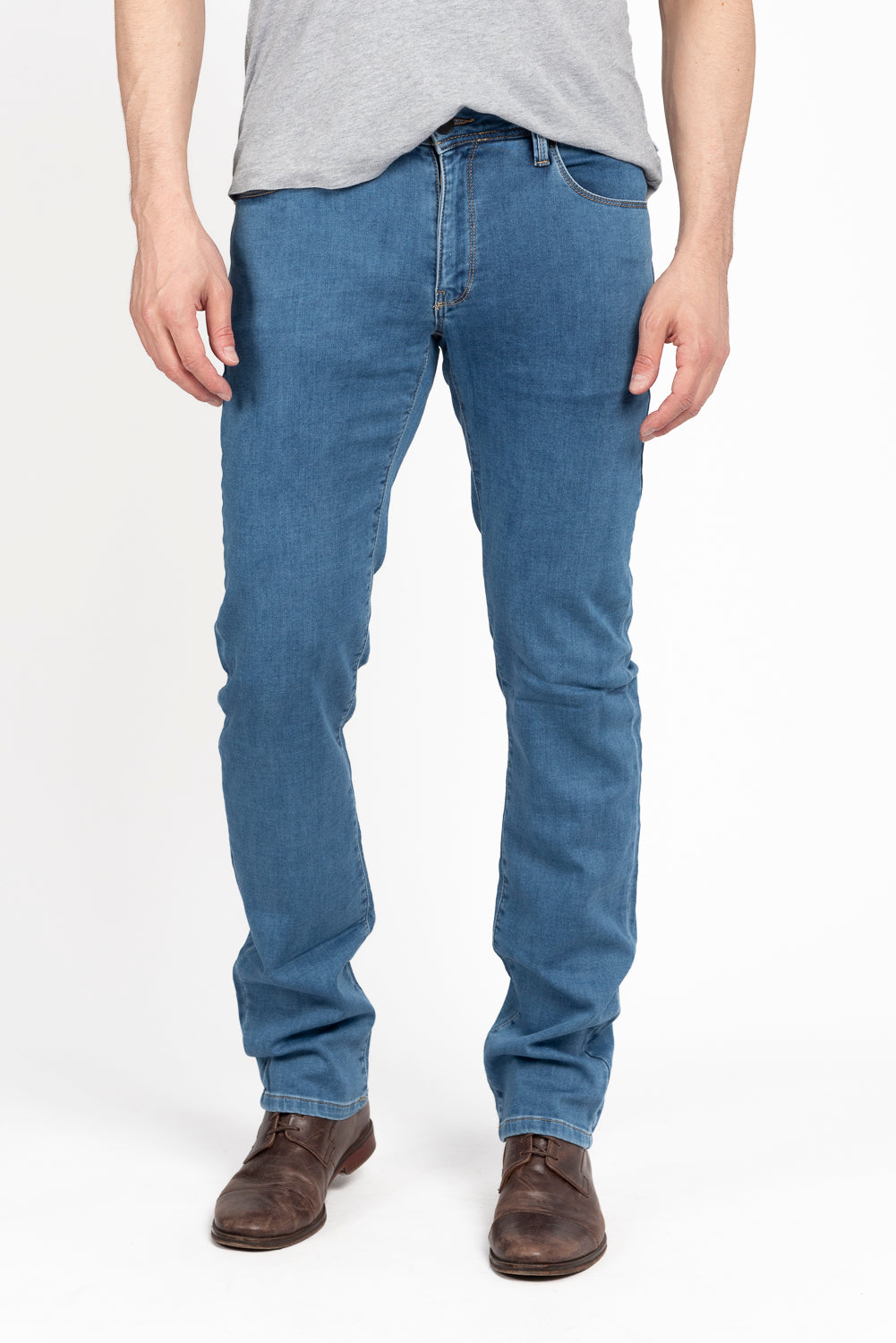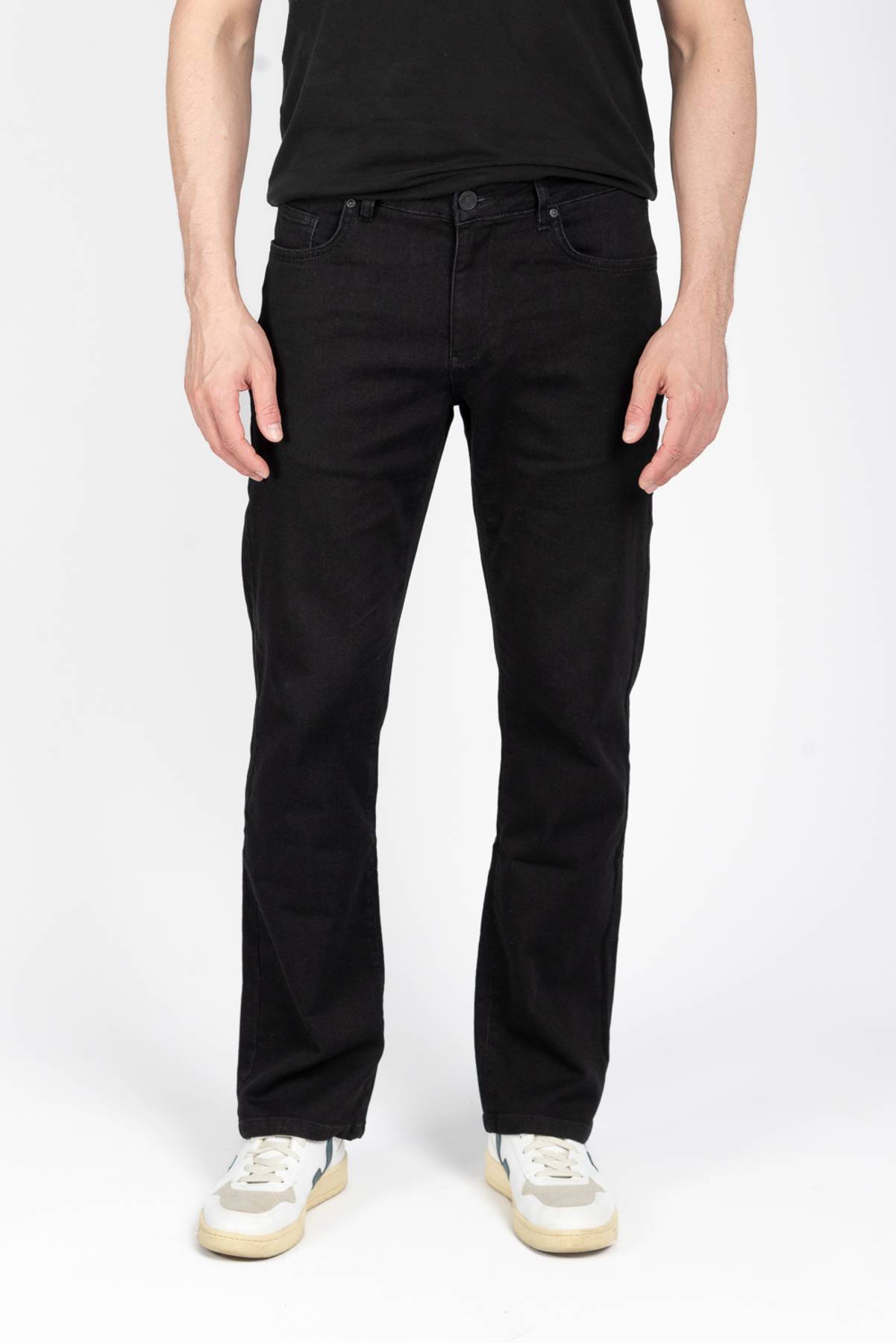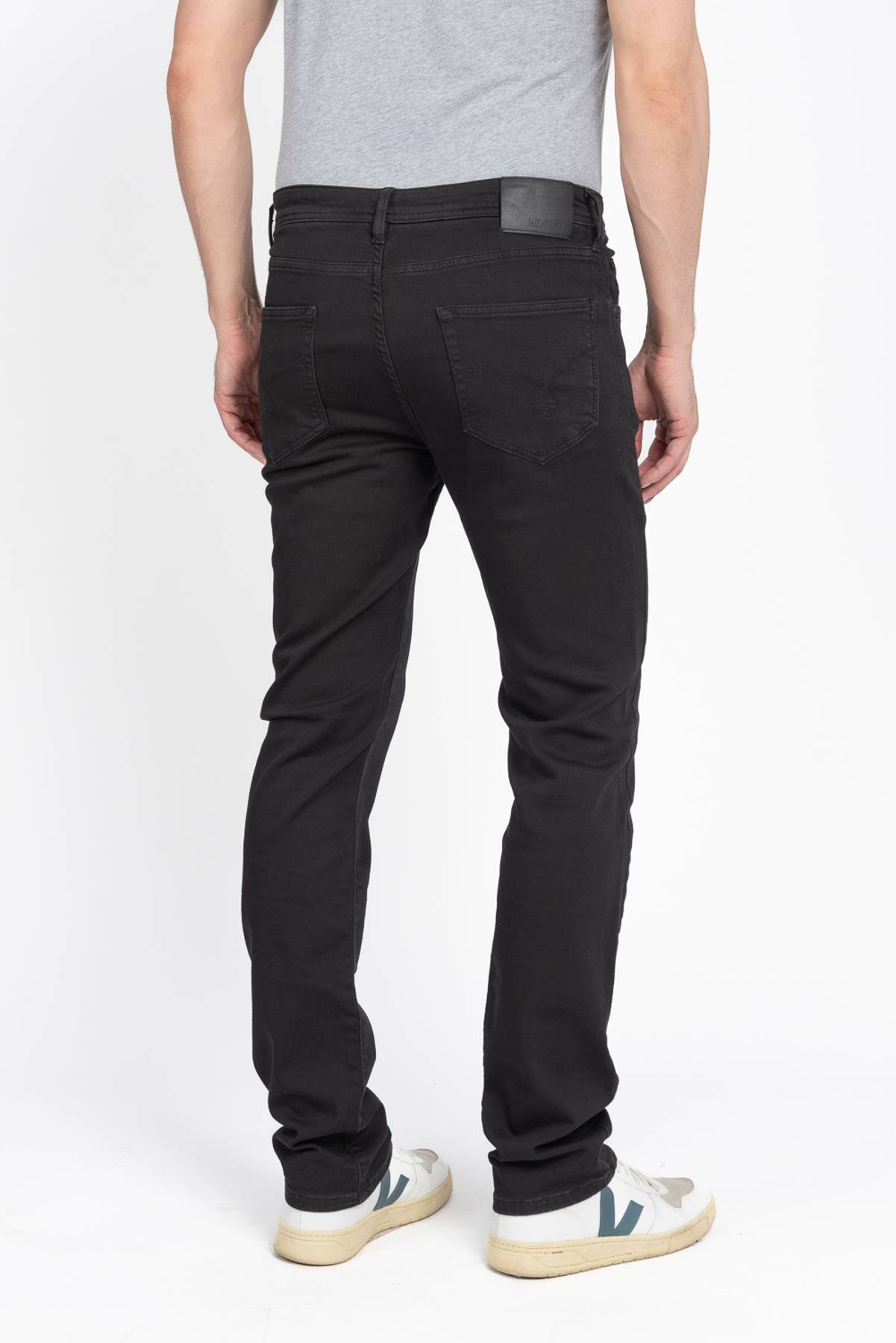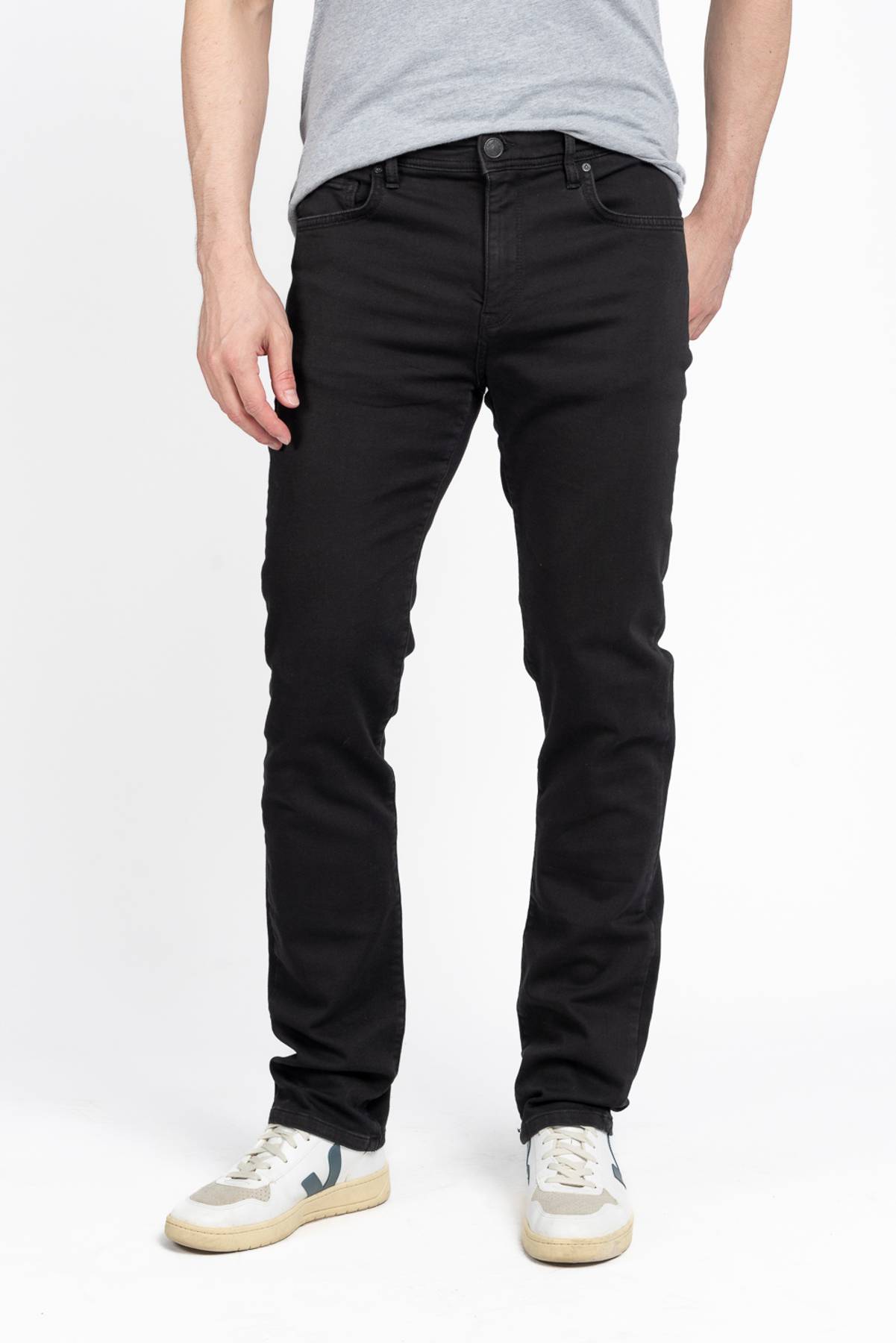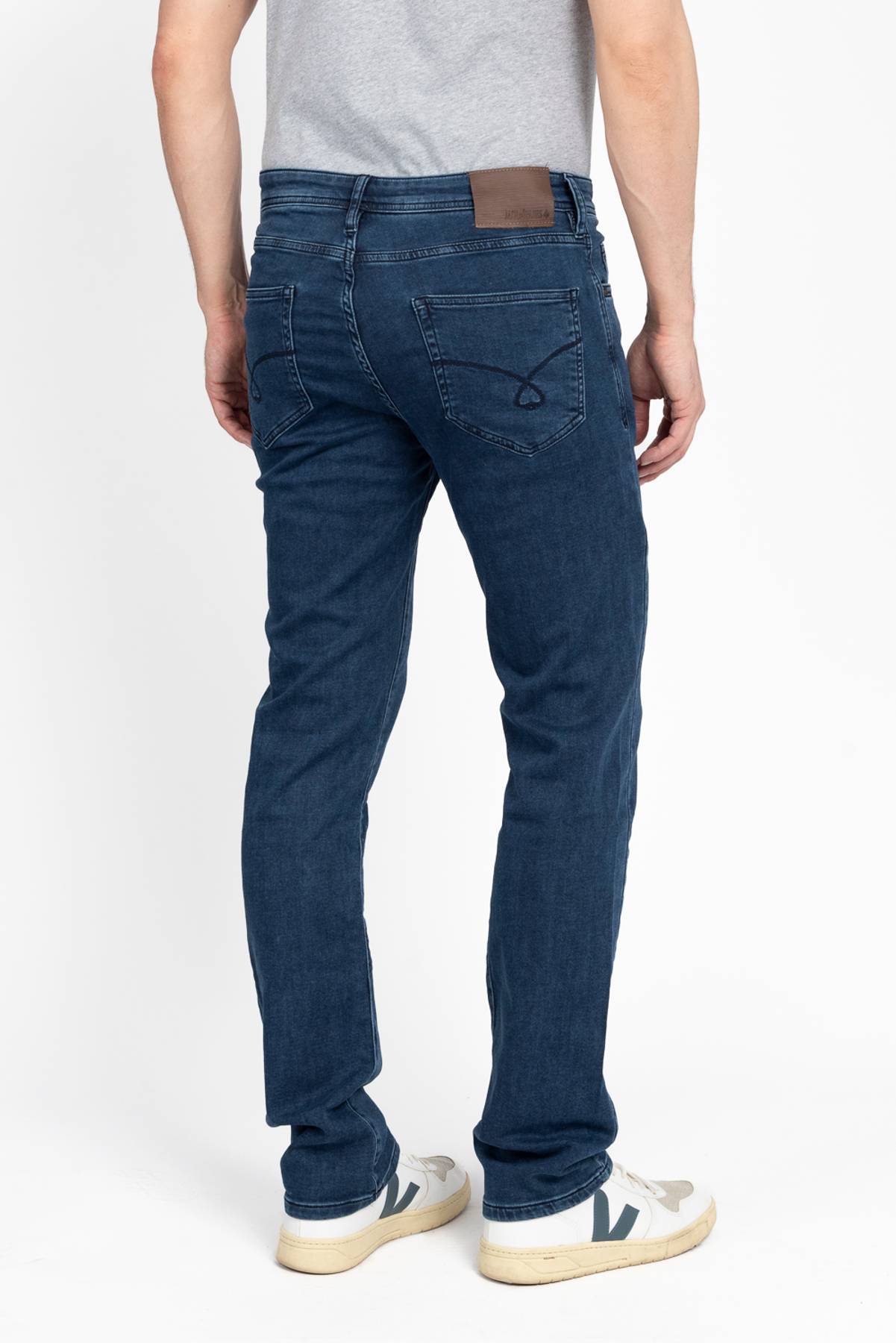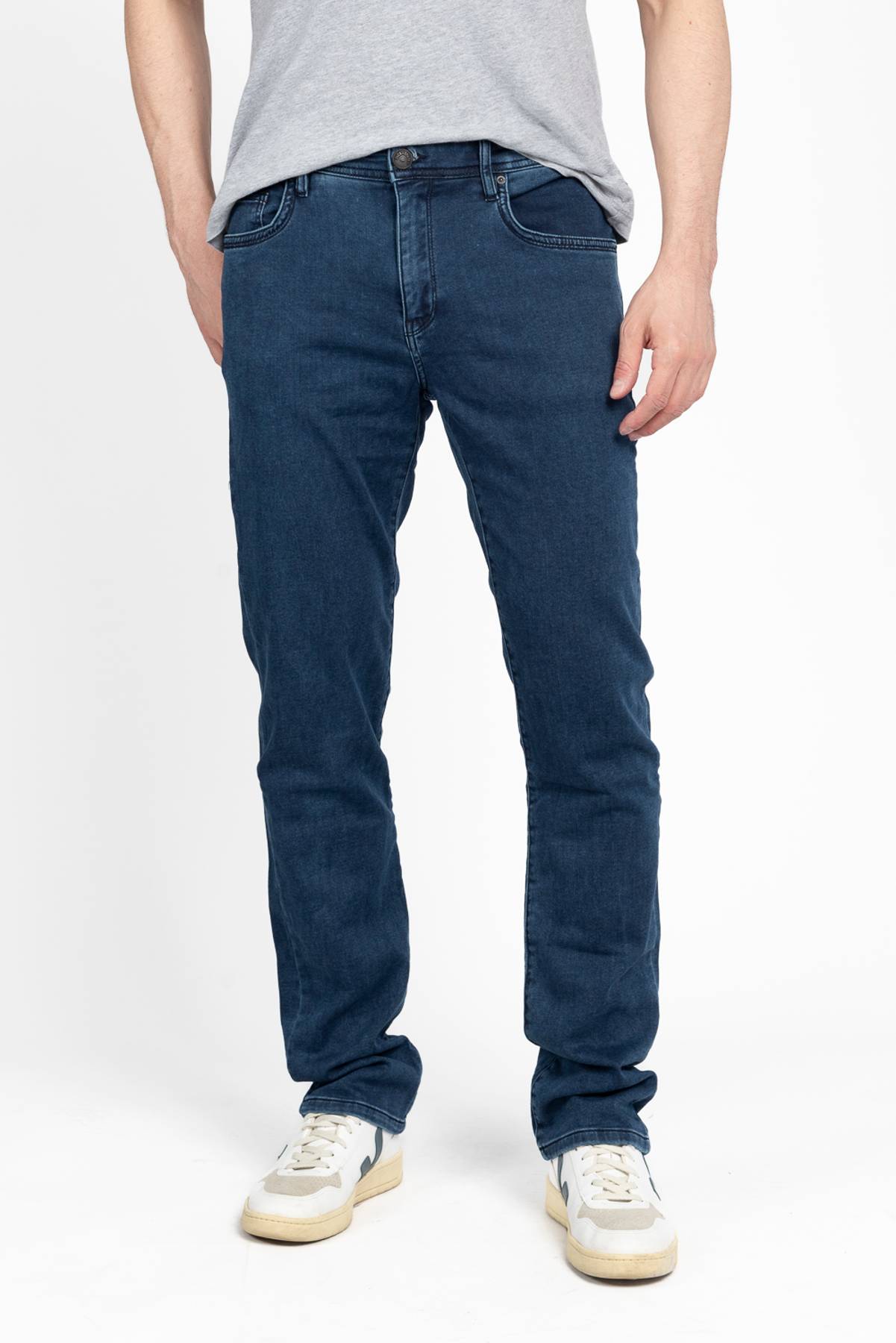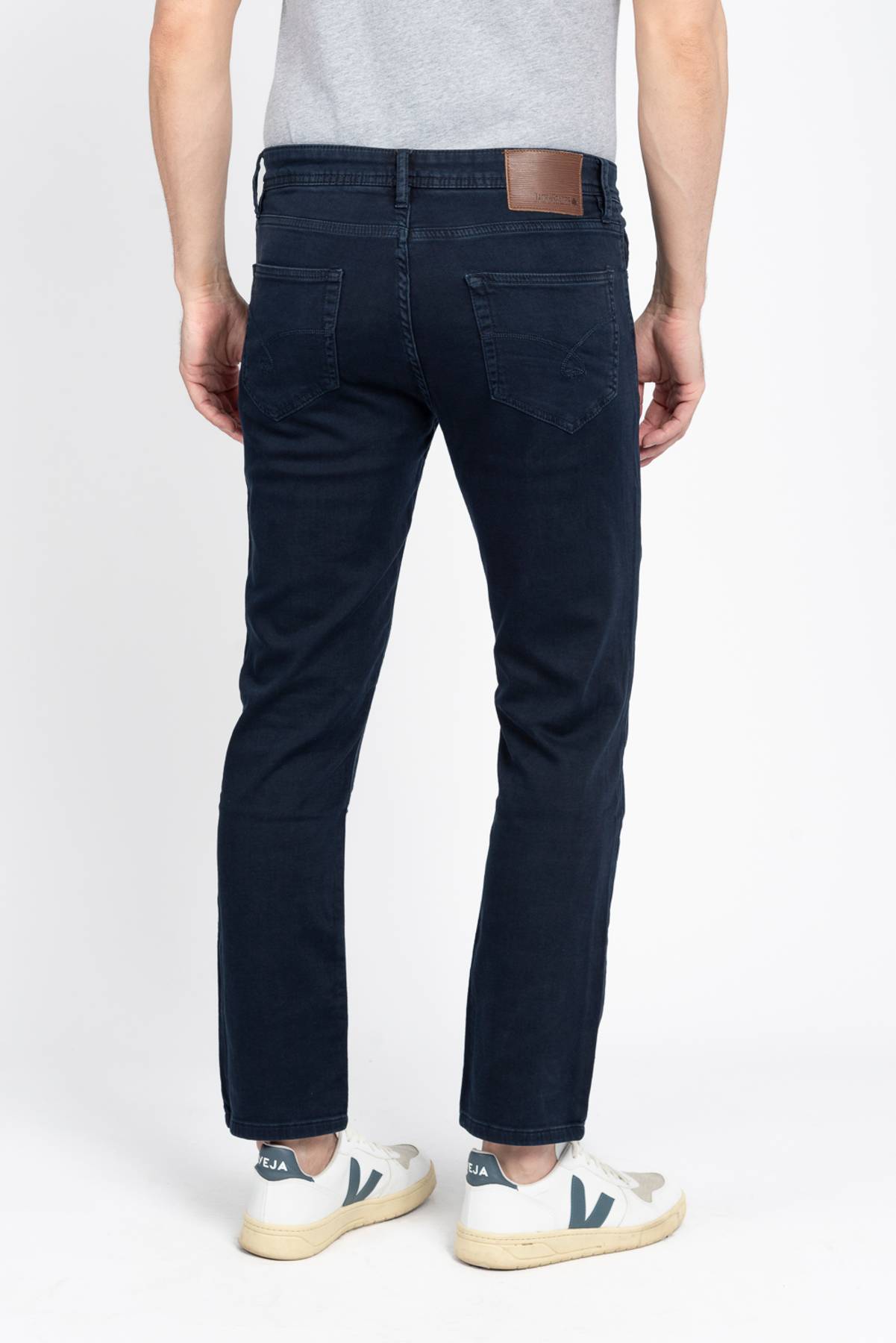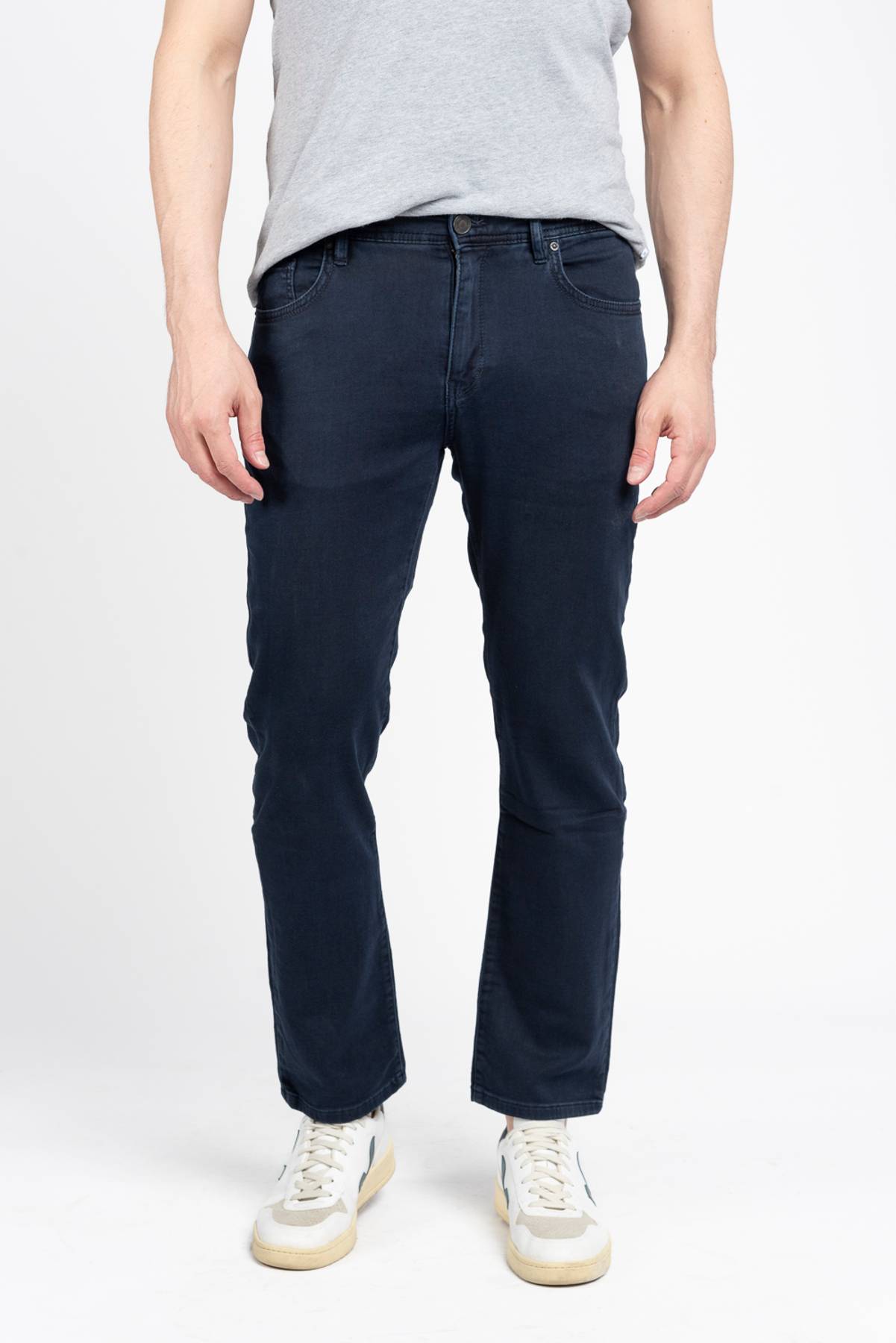Heritage clothes are more than just fabric and thread—they’re stories stitched into garments. They connect us to our roots, showing off the traditions, skills, and creativity of the past. These outfits, full of history, still inspire today’s fashion world in amazing ways. Let’s break down what makes heritage clothes so special and why they continue to matter.
Key Takeaways
- Heritage clothes carry deep cultural and historical significance.
- The craftsmanship behind these garments is often handmade and highly detailed.
- Different regions have their own unique styles and meanings in traditional attire.
- Modern fashion is finding ways to blend heritage elements with current trends.
- Supporting heritage clothes helps preserve traditions and supports local artisans.
The Rich History Behind Heritage Clothes
Tracing the Origins of Traditional Attire
Heritage clothes have roots that stretch back thousands of years, reflecting the materials and techniques available to early civilizations. From animal hides used by ancient tribes to the intricate silk garments of imperial China, traditional attire tells the story of human ingenuity. Each piece of clothing was more than functional—it was a symbol of identity, status, and culture.
Cultural Significance of Heritage Garments
Clothing has always been a way for communities to express their beliefs and values. Whether it's the vibrant saris of India or the embroidered tunics of Eastern Europe, heritage garments often carry deep cultural meanings. These outfits are often tied to rituals, ceremonies, and milestones, making them more than just fabric—they're living histories.
- Represent social hierarchy (e.g., royal robes vs. commoner wear)
- Signal marital status or age group
- Serve as tools for storytelling, with patterns and colors reflecting local myths
Evolution of Heritage Clothes Over Centuries
Over time, heritage clothes have undergone transformations influenced by trade, migration, and technology. For instance, the introduction of dyes from one region to another changed color palettes, while colonialism often merged local styles with foreign elements. Yet, despite these changes, many traditional outfits have retained their core essence.
Heritage clothing is a bridge between the past and present, showing how traditions adapt yet endure through the ages.
Craftsmanship and Artistry in Heritage Clothes
The Role of Handwoven Fabrics
Handwoven fabrics are at the heart of heritage clothing. They’re not just textiles; they carry stories, traditions, and skills passed down over generations. Each thread is a testament to the patience and dedication of artisans. These fabrics are often made using traditional looms, which require precision and time. Some popular examples include:
- Ikat from Southeast Asia
- Khadi from India
- Kente cloth from Ghana
What makes these fabrics special is their tactile quality and uniqueness—no two pieces are ever exactly the same.
Intricate Embroidery Techniques
Embroidery is where heritage clothes truly shine. From intricate floral patterns to symbolic motifs, embroidery techniques vary widely across cultures. Some of the most famous styles include:
- Zardozi from India, known for its metallic threads.
- Suzhou embroidery from China, celebrated for its lifelike designs.
- Mexican Otomi embroidery, marked by its vibrant colors and bold patterns.
These techniques often take weeks or even months to complete, showcasing the artisan’s skill and commitment.
The beauty of heritage embroidery lies in its imperfections, which remind us that it’s made by human hands, not machines.
Preserving Traditional Dyeing Methods
Dyeing is another art form that plays a big role in heritage clothing. Natural dyes, derived from plants, minerals, and even insects, have been used for centuries. Techniques like tie-dye, batik, and block printing are still practiced in many parts of the world. For instance:
| Dyeing Technique | Region | Key Feature |
|---|---|---|
| Indigo Dyeing | West Africa | Deep, rich blue shades |
| Batik | Indonesia | Wax-resist dyeing method |
| Shibori | Japan | Intricate folding and binding |
Preserving these methods is essential, not just for their aesthetic value but also for their sustainable and eco-friendly nature.
Heritage clothes are more than just garments—they’re pieces of art, shaped by the hands of artisans who pour their heart and soul into every stitch and weave. Integrating cultural heritage into contemporary fashion design ensures that these timeless techniques continue to inspire and thrive in the modern world.
Regional Variations in Heritage Clothes
Distinct Styles Across Continents
Heritage clothing reflects the soul of a region. Across continents, traditional attire has developed in ways that mirror local customs, beliefs, and even the environment. For example, in Asia, silk garments like the Japanese kimono or Indian saree are celebrated for their elegance and symbolism. Meanwhile, in Africa, bold patterns and vibrant colors dominate, with garments like the Nigerian agbada or Ghanaian kente cloth. Europe, on the other hand, leans toward intricate lacework and tailored designs, such as the dirndl in Germany or the flamenco dress in Spain. These styles are not just clothing—they're living history.
Symbolism in Regional Attire
Traditional clothing often carries deep meaning. Colors, patterns, and designs can signify everything from marital status to social rank. For instance, in many Native American tribes, beadwork tells personal or tribal stories, while in colonial attire, variations in fabric and design showcased cultural differences and assimilation into European styles. Colonial attire highlights how heritage clothes can reflect a community’s unique identity and traditions.
How Geography Influences Design
Geography plays a huge role in shaping heritage clothes. In colder climates, like the Nordic regions, traditional outfits often feature heavy wool and fur to combat the chill. In contrast, tropical areas like Southeast Asia favor lightweight fabrics like cotton and silk to keep cool. Even the natural resources available—like dyes from local plants or specific weaving materials—affect the final product. Over time, these geographical influences create a distinct style that becomes a hallmark of the region.
Heritage clothing is more than fabric and thread; it’s a snapshot of culture, history, and environment stitched together.
Heritage Clothes in Modern Fashion
Blending Tradition with Contemporary Trends
Heritage clothes are no longer confined to museums or special occasions—they’re making their way into everyday wardrobes. Designers today are finding creative ways to merge traditional elements, like handwoven fabrics and classic embroidery, with modern silhouettes. This fusion keeps cultural traditions alive while appealing to contemporary tastes. For example, a traditional kimono-inspired jacket might be paired with jeans, or a sari blouse could double as a chic crop top. These combinations make heritage wear versatile and accessible.
Celebrities Embracing Heritage Styles
From red carpets to casual outings, celebrities are playing a huge role in bringing heritage clothes into the spotlight. Stars like Zendaya and Priyanka Chopra have been spotted wearing outfits that celebrate their cultural roots, giving these styles global visibility. Whether it’s a traditional lehenga at a wedding or an African-inspired print on a modern suit, celebrity endorsements are making heritage fashion cool again. This trend not only celebrates diversity but also inspires fans to explore their own cultural wardrobes.
The Rise of Sustainable Heritage Fashion
In an era where fast fashion dominates, heritage clothes stand out as a sustainable alternative. Many traditional garments are made with eco-friendly materials and techniques that have been passed down through generations. These practices emphasize durability and quality, which align perfectly with modern sustainability goals.
- Handwoven fabrics often require less energy to produce.
- Natural dyes are less harmful to the environment.
- Supporting heritage fashion helps local artisans maintain their craft.
Choosing heritage clothing isn’t just a style statement—it’s a way to support cultural heritage influences modern sustainable fashion and promote ethical consumption.
The Role of Heritage Clothes in Celebrations
Traditional Wedding Attire Around the World
Weddings are one of the most universal celebrations, and heritage clothing plays a huge role in making them special. From the vibrant red dresses of Chinese brides to the intricate beadwork on Nigerian wedding attire, these outfits are more than just clothes—they’re a reflection of deep-rooted traditions. They tell stories of love, unity, and cultural pride.
Here are a few examples of traditional wedding attire:
- India: Brides often wear red or maroon sarees adorned with gold embroidery, symbolizing prosperity and love.
- Japan: The bride may don a white kimono for purity, followed by a colorful uchikake robe for the reception.
- Scotland: Grooms frequently wear kilts made from their family’s tartan, representing their clan heritage.
Festive Garments and Their Meanings
Festivals are another time when heritage clothing shines. Whether it’s Diwali in India, Lunar New Year in China, or Eid celebrations in the Middle East, traditional outfits are a key part of the festivities. These garments often feature specific colors, patterns, or symbols that carry deep cultural meanings.
For example:
- Red is a popular color during celebrations in many cultures, symbolizing good luck and joy.
- Gold embroidery often represents wealth and prosperity.
- Specific motifs like dragons, flowers, or geometric patterns can signify everything from power to renewal.
Rituals and Heritage Clothing
Many rituals—be it religious, seasonal, or family-based—are closely tied to specific heritage clothing. These garments are often reserved for these occasions, making them even more significant. For instance, during a coming-of-age ceremony, a particular outfit might mark the transition from childhood to adulthood.
Some key points about ritualistic heritage clothing:
- They’re often handmade, ensuring that every detail aligns with tradition.
- Certain items, like headpieces or belts, may carry symbolic weight.
- These clothes are sometimes passed down through generations, adding an emotional layer to their importance.
Heritage clothing isn’t just fabric and thread—it’s a living piece of history that connects us to our roots and helps us celebrate life’s milestones with meaning and beauty.
Preserving the Legacy of Heritage Clothes

Challenges in Keeping Traditions Alive
Preserving heritage clothes is no walk in the park. The biggest hurdle is the loss of traditional skills and knowledge, as younger generations often gravitate toward modern, mass-produced fashion. Add to that the dwindling availability of authentic materials—like rare handwoven fabrics or natural dyes—and it’s clear why keeping these traditions alive is an uphill battle. Plus, let’s not forget the cost factor. Traditional craftsmanship is time-intensive, making the final products expensive and, unfortunately, less appealing to budget-conscious buyers.
Efforts by Artisans and Designers
Thankfully, not all hope is lost. Artisans and designers across the globe are stepping up to the plate. They’re not just creating beautiful clothes—they’re telling stories. Many are collaborating with luxury fashion brands to merge old and new, ensuring heritage designs remain relevant. For example, luxury fashion brands often lean on their archives to celebrate their roots while inspiring fresh designs. And it’s not just about the clothes; workshops and training programs are popping up to teach these age-old skills to a new generation. It’s like passing the torch, one stitch at a time.
The Role of Museums and Exhibitions
Museums and exhibitions also play a huge role in keeping heritage clothes in the spotlight. By showcasing these garments, they educate the public about their cultural and historical importance. Imagine walking through a gallery and seeing a centuries-old kimono or an intricately embroidered sari—it’s awe-inspiring. These events also create opportunities for artisans to network and gain recognition, which can lead to more support for their craft.
Keeping the legacy of heritage clothes alive isn’t just about preserving garments; it’s about valuing the stories, skills, and communities behind them. When we wear or appreciate these clothes, we’re connecting with a piece of history that’s still very much alive.
The Economic Impact of Heritage Clothes

Empowering Local Artisans
Heritage clothing isn’t just about style or tradition—it’s a lifeline for countless artisans around the world. Many of these craftsmen and women rely on their skills in weaving, embroidery, and dyeing to make a living. By purchasing heritage garments, consumers directly support these communities, helping them sustain their craft and pass it on to future generations. It’s a cycle of support that keeps both culture and livelihoods alive.
- Crafts like handloom weaving and block printing provide steady income to families in rural areas.
- Women artisans, in particular, find empowerment through these opportunities, gaining financial independence.
- Community-based workshops and cooperatives often use profits to fund education and healthcare in their villages.
The Global Market for Traditional Attire
Traditional clothing has found its way into international markets, and it’s thriving. From high-end boutiques to online platforms, heritage-inspired pieces are in demand. This growing interest has created a global value chain, connecting artisans in remote areas to customers thousands of miles away.
| Market Segment | Estimated Value (2025) | Key Drivers |
|---|---|---|
| Luxury Heritage Wear | $3 billion | Celebrity endorsements |
| Everyday Traditional | $1.5 billion | Rise of sustainable fashion |
| Festival & Bridal | $2 billion | Cultural celebrations abroad |
Tourism and Heritage Fashion
Tourism and heritage clothes go hand in hand. Travelers often look for unique, locally made garments as souvenirs, boosting local economies. Artisans showcase their work at cultural festivals, fairs, and markets, attracting both tourists and buyers. This exchange not only brings income but also raises awareness about the cultural importance of these clothes.
When you buy a handwoven scarf or embroidered tunic during your travels, you’re not just getting a keepsake—you’re contributing to the preservation of a craft that’s been honed over centuries.
By incorporating local artisanal crafts into fashion product lines, brands can make a meaningful impact. It’s a win-win: consumers get unique, high-quality pieces, and artisans gain a global platform for their work.
How to Incorporate Heritage Clothes Into Everyday Wear
Styling Tips for Modern Wardrobes
Heritage clothes don’t have to be reserved for special occasions. You can bring them into your daily life with a few smart styling tricks. Start by pairing traditional pieces with modern basics. For example, a handwoven scarf or a vibrant embroidered jacket can instantly elevate a plain white tee and jeans. The key is balance—let one piece stand out while keeping the rest of your outfit simple.
Here are a few ideas to get started:
- Swap your usual blazer for a heritage-inspired jacket with intricate patterns.
- Use a traditional wrap skirt as a statement piece, pairing it with a neutral top.
- Layer a handwoven shawl over your everyday dress for a cozy, chic look.
Accessorizing with Heritage Elements
Accessories are the easiest way to add a touch of heritage to your wardrobe. Think silver bangles, beaded necklaces, or embroidered handbags. These small touches can make a big impact without overwhelming your outfit. For instance, you could explore Hmong-inspired accessories like a chunky silver necklace to create a striking contrast with minimalist clothing or delicate silver bangles for a more subtle vibe.
Choosing Versatile Heritage Pieces
When shopping for heritage clothes, look for versatile items that can be styled in multiple ways. A hand-dyed tunic, for instance, can work as a dress, a top, or even a beach cover-up. Similarly, a block-printed scarf can double as a belt or a headwrap. Investing in pieces that serve more than one purpose ensures they’ll get plenty of use, making them a practical addition to your wardrobe.
Incorporating heritage clothes into your everyday style isn’t just about fashion—it’s about celebrating culture and craftsmanship in a way that feels personal and meaningful.
Wrapping It Up
Heritage clothes aren’t just about fabric and stitching—they’re like little time capsules that tell stories of the past. Whether it’s a dress passed down from your grandma or a jacket that’s been in your family for generations, these pieces carry meaning. They remind us of where we come from and connect us to something bigger than just today’s trends. So next time you see an old piece of clothing, don’t just brush it off. Think about the history it holds and the journey it’s been on. Who knows? You might just find a new appreciation for the old.
Frequently Asked Questions
What are heritage clothes?
Heritage clothes are traditional outfits that reflect the culture, history, and customs of a specific group or region. They often have unique designs and are made using traditional methods.
Why are heritage clothes important?
Heritage clothes are important because they help preserve cultural identity and history. They also showcase the artistry and craftsmanship of past generations.
How are heritage clothes made?
Heritage clothes are usually made by hand, using techniques like weaving, embroidery, and natural dyeing. These methods have been passed down through generations.
Can I wear heritage clothes in daily life?
Yes, you can! Many people mix heritage clothes with modern outfits to create unique styles. You can also use accessories inspired by traditional designs.
How can we support artisans who make heritage clothes?
You can support artisans by buying their handmade products, spreading awareness about their work, and choosing sustainable fashion options.
Are heritage clothes eco-friendly?
Most heritage clothes are eco-friendly because they use natural materials and dyes. They are also made in small batches, which reduces waste.

